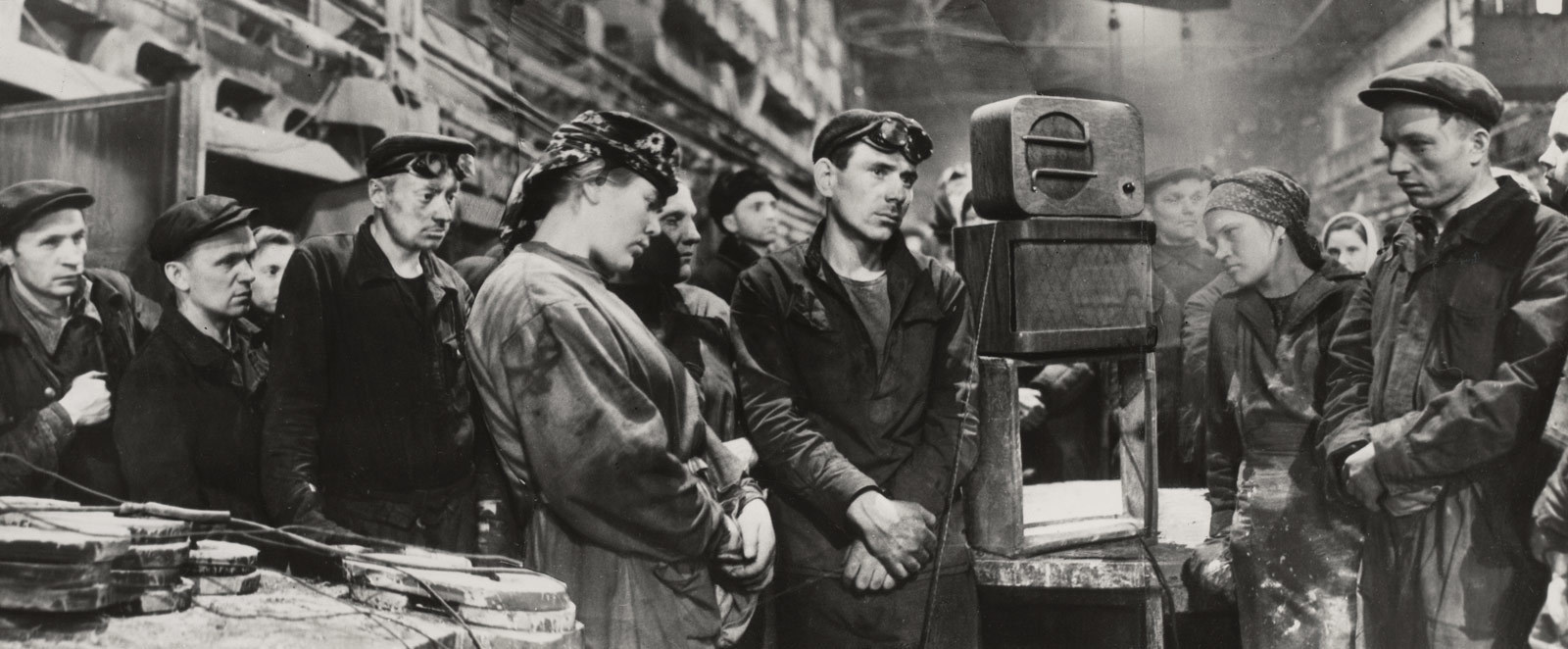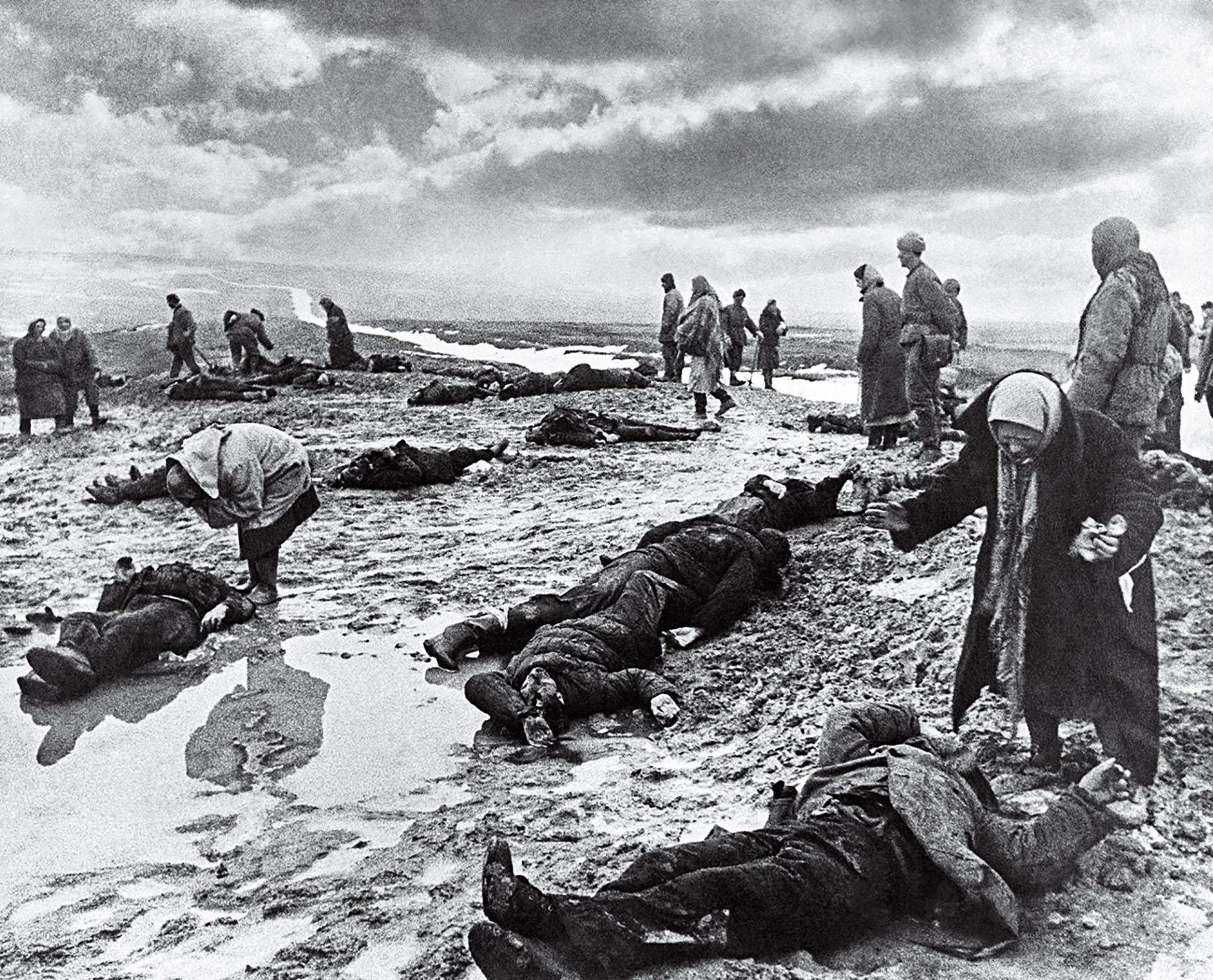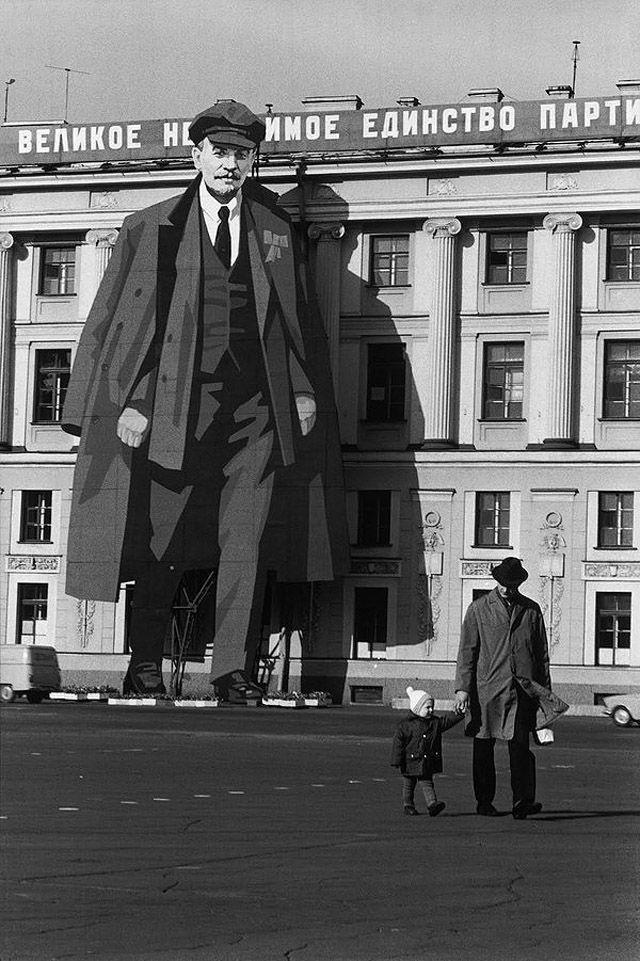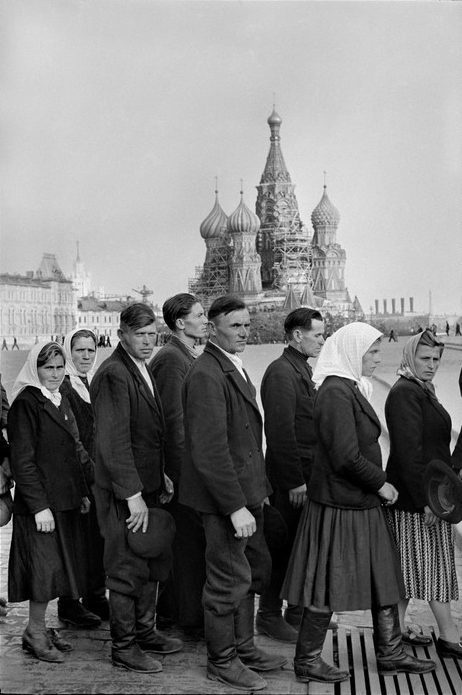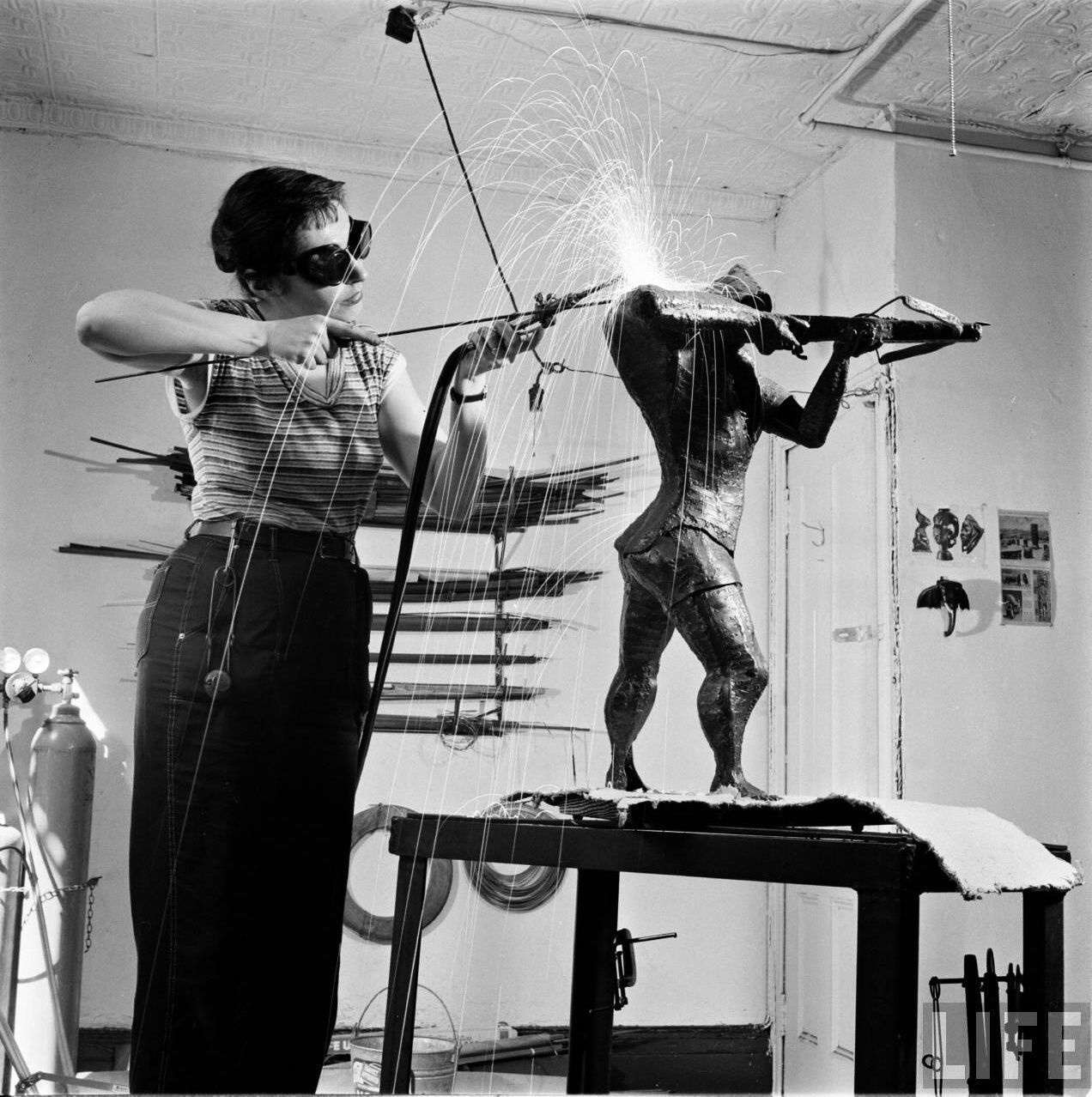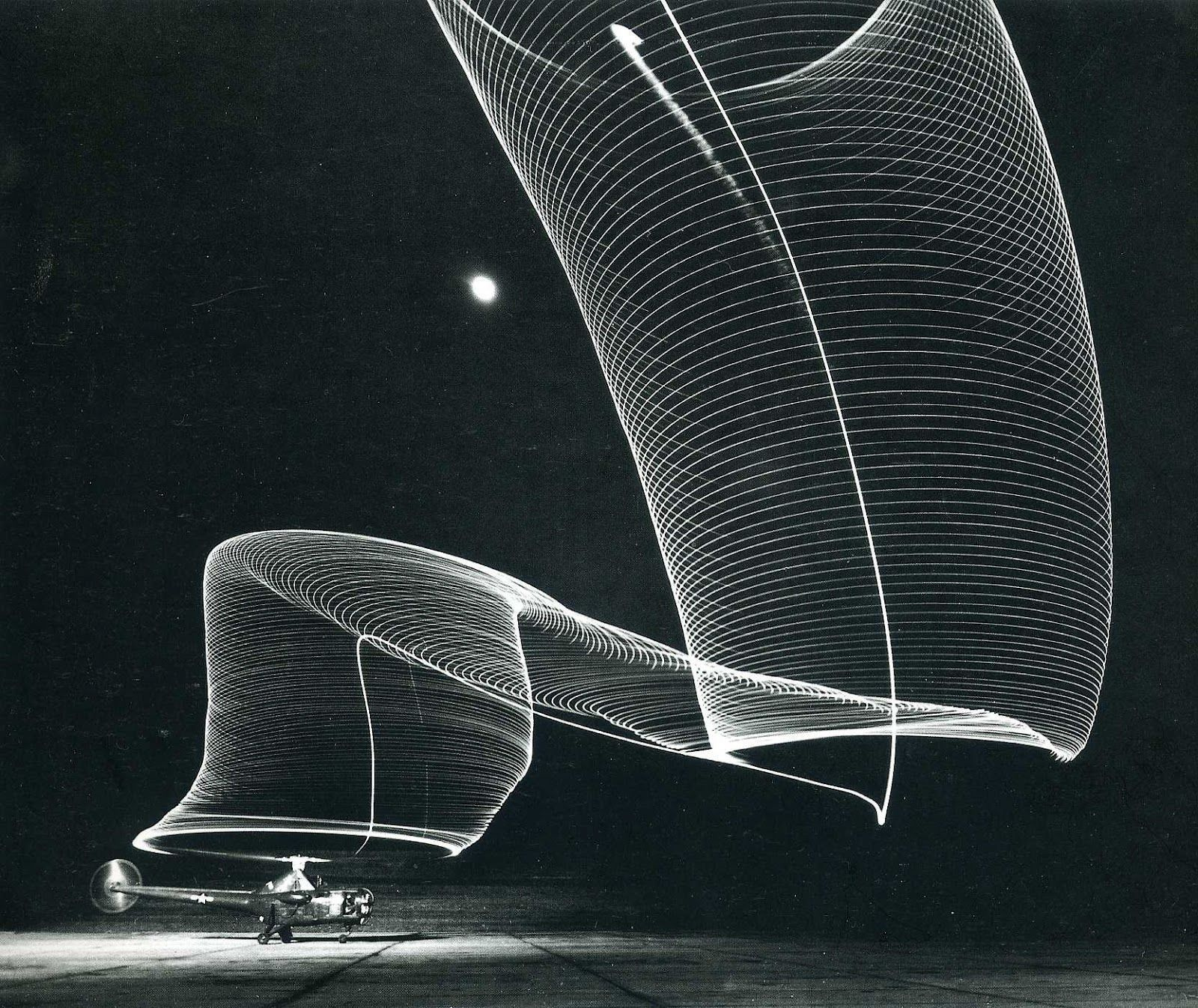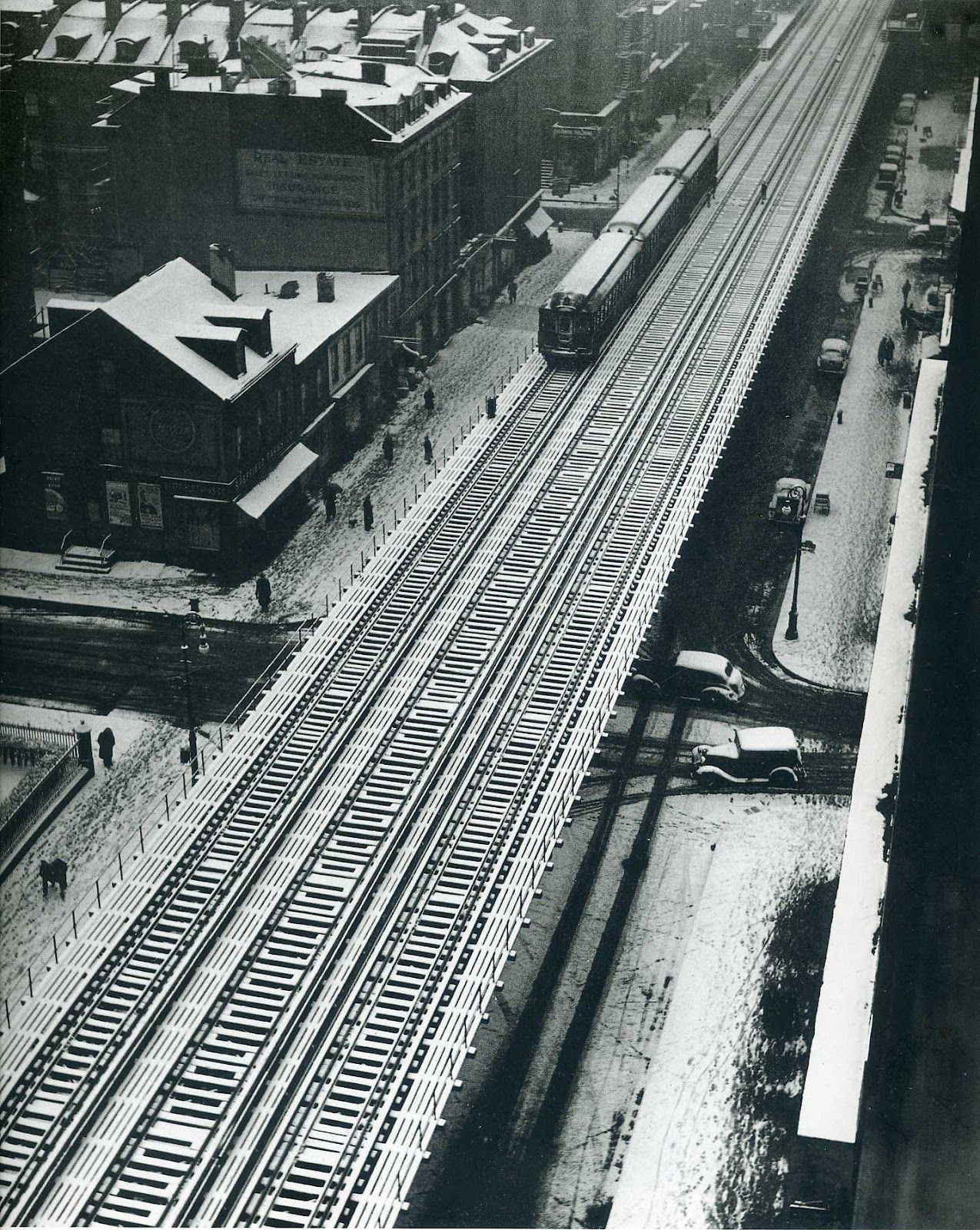Get Inspired By Famous Street Photographers
To give you further insight into Street Photography, here’s a first brief list of 4 famous street, documentary, reportage photographers whose work, I think, encompasses what every aspiring Street Photographer should study.
Berenice Abbott
«To me, photography is a means — perhaps the best means of our age — of widening knowledge of our world. Photography is a method of education, for acquainting people of all ages and conditions with the truth about life today,» wrote photographer Berenice Abbott (1898−1991), in an unpublished text, Statement in Regard to Photography Today, 1946. From portraits of elite avant-garde circles in Paris to rapidly-changing cityscapes of her New York City, plus career in science journalism, ideas of modernity pervade Abbott’s legacy.
Berenice Abbott on the web:
Dmitri Baltermants
Dmitri Baltermants (May 13, 1912 — 1990) was a prominent Soviet photojournalist.
He was born in Warsaw, Poland. His father served in the Imperial Russian Army and was killed in the First World War.
Baltermants graduated from the Moscow State University to become a math teacher, but fell in love with photography and began a career in the field of photojournalism. He was an official Kremlin photographer, worked for the daily Izvestia and was picture editor of the popular magazine Ogonyok.
During World War II, Baltermants covered the battle of Stalingrad, and the battles on of the Red Army in Ukraine, Poland and in Germany, ultimately reaching Berlin in 1945. He was twice wounded.
Just like his fellow photographers covering the Red Army during the war, Baltermants' images were always censored by Soviet authorities[citation needed] in order to select only the ones that reflected on the positive sides of service in order to help boost morale. Some of his most captivating photos were suppressed, and became public much later, in the 1960s.
Dmitri Baltermants on the web:
Henri Cartier-Bresson
For me, the camera is a sketchbook, an instrument of intuition and spontaneity, the master of the instant which, in visual terms, questions and decides simultaneously. In order to give a «meaning» to the world, one has to feel involved in what one frames through the viewfinder. This attitude requires concentration, discipline of mind, sensitivity, and a sense of geometry. It is by economy of means that one arrives at simplicity of expression.
To take a photograph is to hold one’s breath when all faculties converge in a face of fleeing reality. It is at that moment that mastering an image becomes a great physical and intellectual joy.
To take a photograph means to recognize, simultaneously and within a fraction of a second‚ both the fact itself and the rigorous organization of visually perceived forms that give it meaning.
It is putting one‚ head, one‚ eye, and one‚ heart on the same axis.
Henri Cartier-Bresson on the web:
Andreas Feininger
Andreas Feininger (1906 — 1999) combined an architect’s love of precision, space, and technique with an artist’s love of sweeping vistas. Although an American citizen, Feininger did not come to the United States until he was 33. Son of the late acclaimed artist Lyonel Feininger, he was born in Paris in 1906, and graduated with highest honors in architecture from schools in Germany. At the time, Feininger was using a camera as a reference aid in creating his building designs. The camera became his mechanical sketchbook.
Commissions were scarce for non-European citizens in the depressed economy. After a year’s work in France for the legendary architect Le Corbusier, followed by a struggle to find employment in Stockholm, Feininger turned his attention full-time to photography. He sold his first photos in 1932, moved with his family to the United States in 1939, and in 1943 became a staff photographer for LIFE magazine where he completed more than 430 assignments in a twenty-year span.
Начните здесь вводить текст. Если требуется добавить блок с изображениями — воспользуйтесь кнопками "Добавить блок". Начните здесь вводить текст. Если требуется добавить блок с изображениями — воспользуйтесь кнопками "Добавить блок". Начните здесь вводить текст. Если требуется добавить блок с изображениями — воспользуйтесь кнопками "Добавить блок".
More awesome photographers on the next blog update.
Блог

Big interview with Aloha aka BigMike

История священника

Фотография в современном искусстве

Sotheby's Paris Car Auction






















